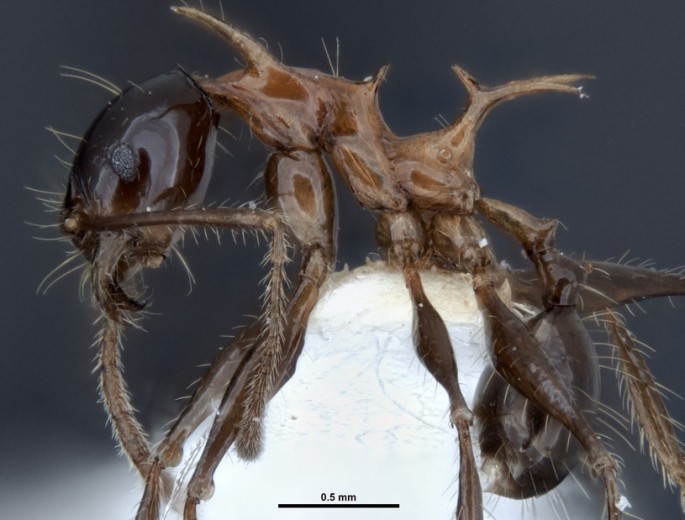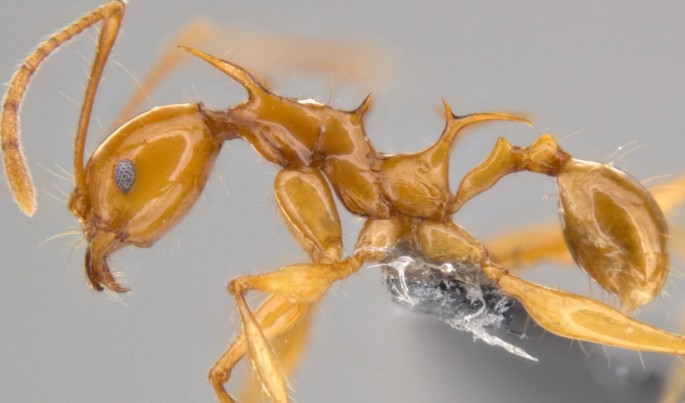Scientists discovered two new ant species that seem to possess a bizarre appearance similar to dragons where they are named after the two dragons from the hit HBO fantasy T.V. series, Game of Throne's Daenerys Targaryen's dragons, Drogon and Viserion.
Researchers from the Okinawa Institute of Science and Technology Graduate University have now named these new ants Pheidole drogon and Pheidole viserion that are discovered in Papua New Guinea in the Pacific.
Their dragon-like appearances are so uncanny that they possess some similar features like spiny appendages, making them look like dragon insects. P. Drogon is jet black like tar while P. viserion is a creamy off white, that resembles the spawn of the Mother of Dragons.
In this new study, scientists utilized 3D imaging techniques known as X-Ray microtomography to study these newly discovered ants, which also marks the first time that this kind of technology has been used.
Observations reveal how their spines are used as a protective shield to defend themselves from predators, possessing stronger muscles within these spiny appendages.
According to Eli Sarnat of the Okinawa Institute of Science and Technology Graduate University, these spines suggest some sort of defense mechanism which have been pivotal during their evolution. The shoulder spines possess muscles unlike the back spines of these ants.
Like other ant species the Pheidole species have their queens and minor workers, including major workers that are also soldier ants to protect their colony. Soldier ants possess larger heads and mandibles. They can lift heavier loads with their heads and have the ability to crush open seeds with their strong mandibles.
Further study and investigation are needed to confirm the origins of the spines and muscles of the ants, according to the team.
This new study is published in the journal, PLOS ONE.




























